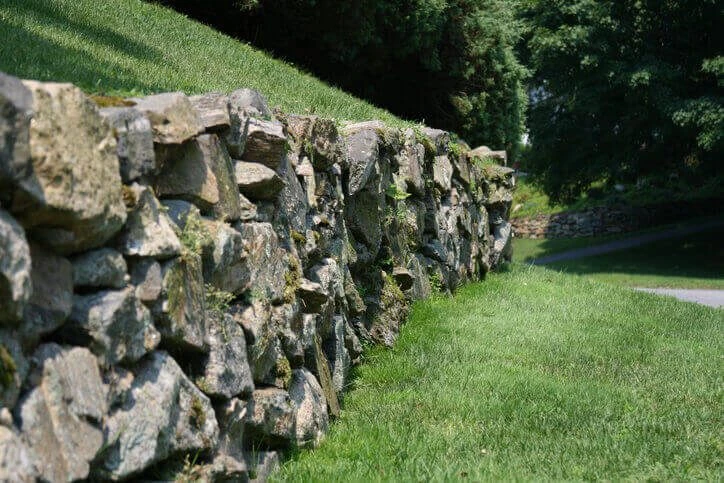8 Rock Garden Accessories that Improve Beauty and Functionality
Adding landscape design to your home will give your outdoor aesthetic a sense of completion and produce that extra ‘wow’ reaction from your guests that you are hoping to achieve. A practical way that you can implement landscape design into your yard that won’t require a lot of maintenance is with a rock garden. Rock gardens add texture, color, and natural beauty to any home. They are easily created and require minimal attention from homeowners. Quite simply, adding a rock garden to your outdoor landscape is one of the easiest ways to improve your outdoor aesthetic and requires hardly

